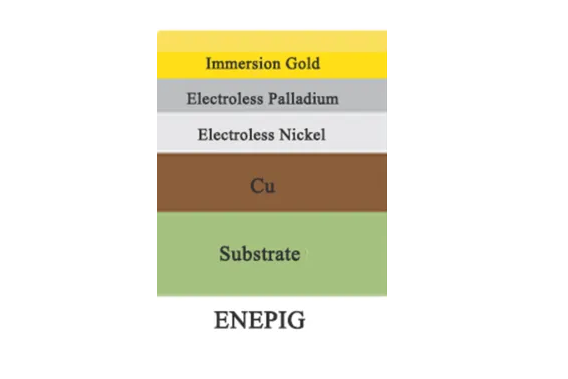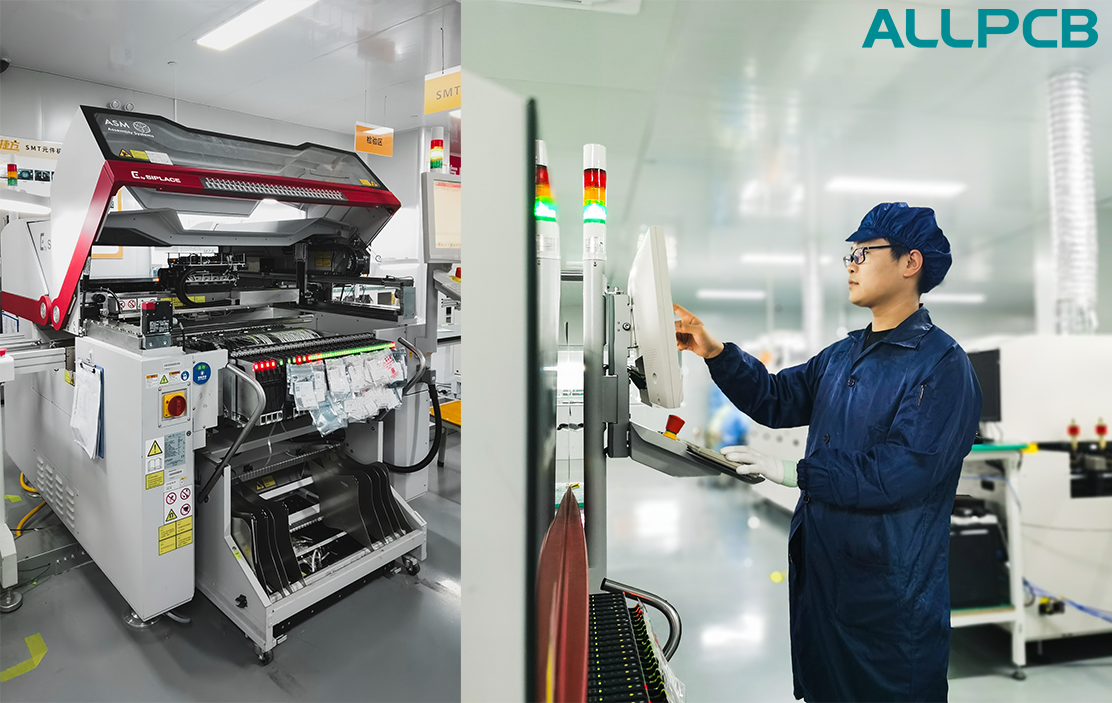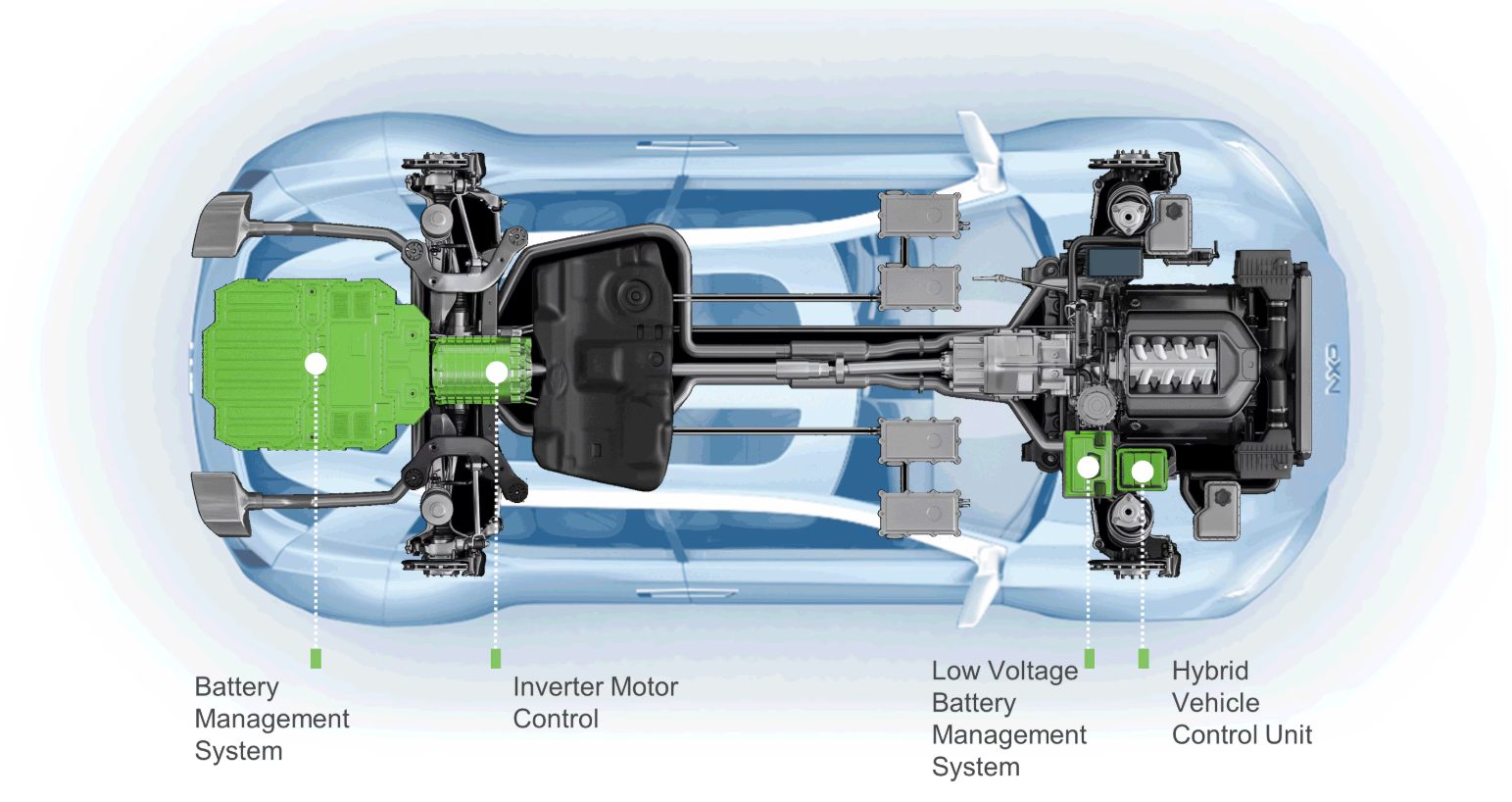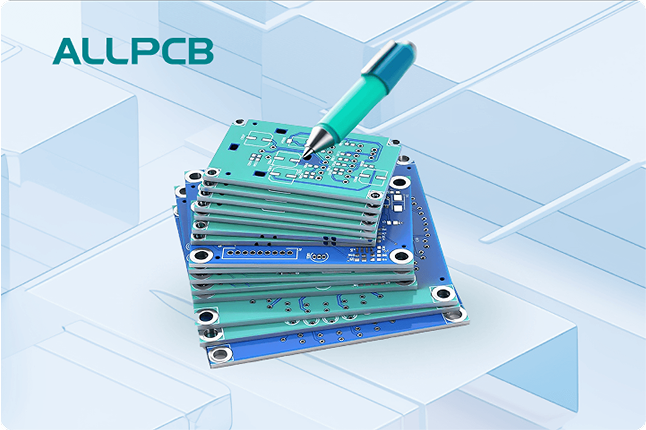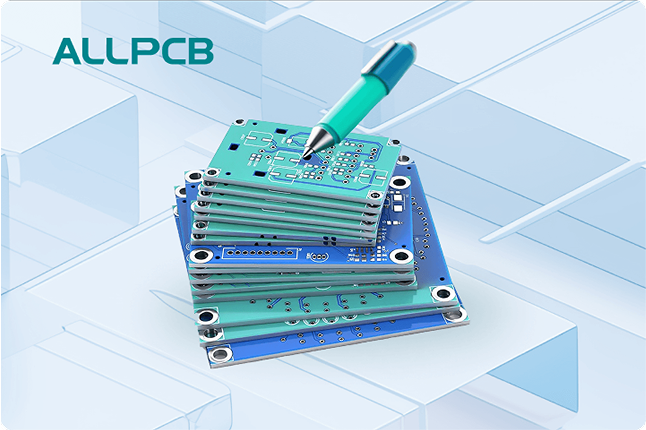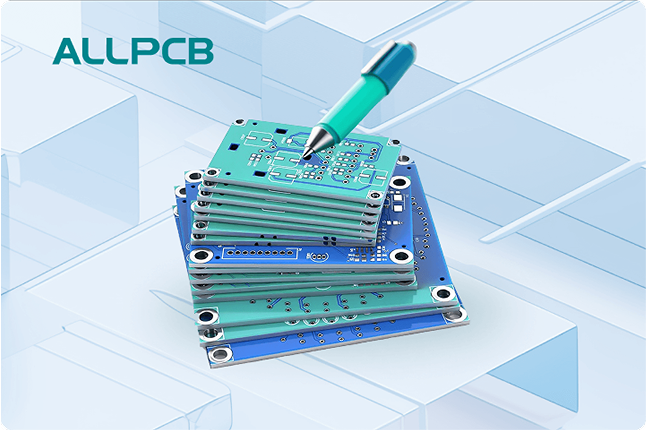If you're looking for insights into flying probe testing for High-Density Interconnect (HDI) PCBs, you're in the right place. This advanced testing method is crucial for ensuring the quality of compact, complex circuit boards used in modern electronics. However, it comes with unique challenges like accessing microvias and fine pitch components. In this blog, we’ll dive deep into these issues and provide practical solutions to help you navigate the testing process effectively.
At ALLPCB, we understand the importance of precision in PCB manufacturing and testing. Whether you're dealing with HDI PCB testing challenges or seeking ways to optimize flying probe testing for microvias and fine pitch components, this guide offers actionable advice to ensure your boards meet the highest standards.
What is Flying Probe Testing and Why is it Critical for HDI PCBs?
Flying probe testing is an automated method used to check the electrical performance and connectivity of printed circuit boards (PCBs). Unlike traditional in-circuit testing that requires custom fixtures, flying probe systems use movable probes to contact test points on the board. This makes it ideal for low to mid-volume production runs and prototypes, especially for HDI PCBs where space is tight and components are densely packed.
HDI PCBs are the backbone of modern electronics, enabling smaller, faster, and more powerful devices. They feature high-density layouts with microvias (vias smaller than 150 microns in diameter), fine pitch components (spacing as tight as 0.5 mm or less), and multiple layers. These characteristics make traditional testing methods cumbersome or impossible, which is why flying probe testing for HDI has become a go-to solution. It offers flexibility and precision without the need for expensive fixtures.

Key Challenges in Flying Probe Testing for HDI PCBs
While flying probe testing is highly versatile, applying it to HDI PCBs presents several hurdles. Below, we break down the most common HDI PCB testing challenges and explain why they occur.
1. Accessibility Issues with Microvias
Microvias are tiny holes used to connect layers in HDI PCBs, often with diameters below 150 microns. These small structures are critical for high-density designs but pose a significant challenge for flying probe testing. The probes must make precise contact with test points near or on microvias, which can be difficult due to their size and the risk of misalignment. A misaligned probe might miss the test point or damage the delicate via structure.
2. Testing Fine Pitch Components
Fine pitch components, with lead spacing as tight as 0.4 mm or 0.5 mm, are common in HDI designs to save space. However, flying probe testing for fine pitch components is challenging because the probes must land accurately on these closely spaced pads without shorting adjacent pins or causing mechanical stress. The smaller the pitch, the higher the risk of probe slippage or inaccurate measurements.
3. High-Density Layouts and Limited Test Points
HDI PCBs often have limited accessible test points due to their compact layouts. With components and traces packed tightly together, there’s little room for dedicated test pads. This forces flying probe systems to target smaller or less accessible areas, increasing the complexity of programming the test sequence and the time required for testing.
4. Signal Integrity Concerns
HDI PCBs are designed for high-speed applications, often handling signals at frequencies above 1 GHz. During flying probe testing, the probes can introduce parasitic capacitance or inductance, potentially skewing measurements of impedance (typically in the range of 50 to 100 ohms for high-speed traces). This can lead to false positives or negatives, making it harder to verify the board’s performance.

Solutions to Overcome Flying Probe Testing Challenges for HDI PCBs
Despite these challenges, there are proven strategies and technologies that can enhance the effectiveness of flying probe testing for HDI PCBs. Below, we explore practical solutions tailored to address each issue.
1. Advanced Probe Technology for Microvias
To tackle the challenge of flying probe testing for microvias, modern systems are equipped with ultra-fine probes capable of contacting points as small as 50 microns. These probes are designed with high precision and often use advanced alignment systems, such as optical cameras, to ensure accurate positioning. Additionally, some systems incorporate soft-landing mechanisms to prevent damage to delicate microvia structures during contact.
Another solution is to design HDI PCBs with microvia test points in mind. By strategically placing slightly larger pads (e.g., 200 microns) near critical microvias during the design phase, you can improve probe accessibility without compromising the board’s density.
2. Optimized Testing for Fine Pitch Components
For flying probe testing of fine pitch components, using specialized probes with tapered tips or smaller diameters (down to 0.1 mm) can significantly improve accuracy. These probes are engineered to navigate tight spaces without risking shorts or misalignment. Furthermore, advanced flying probe systems now feature high-resolution vision systems to map the board layout and adjust probe paths dynamically, ensuring precise contact with fine pitch pads.
From a design perspective, incorporating staggered pin layouts or slightly increasing pad sizes where possible can make testing easier without sacrificing the benefits of fine pitch technology.
3. Enhancing Test Point Accessibility in High-Density Layouts
To address the limited test points on HDI PCBs, collaboration between designers and test engineers is essential. During the design phase, prioritize allocating space for test pads, even if they are minimal (e.g., 0.3 mm in diameter). If space constraints prevent this, consider using boundary scan testing in conjunction with flying probe testing. Boundary scan can electronically test internal connections without physical probe contact, reducing the need for accessible points.
Modern flying probe systems also support multi-probe configurations, allowing simultaneous testing of multiple points. This reduces test time and compensates for the complexity of high-density layouts by covering more areas in a single pass.
4. Mitigating Signal Integrity Issues
To minimize the impact of flying probe testing on signal integrity, use low-capacitance probes designed specifically for high-speed circuits. These probes reduce parasitic effects, ensuring that impedance measurements remain accurate (typically within ±5% of the target value, such as 50 ohms for controlled impedance traces). Additionally, some systems allow for non-contact testing methods, such as capacitive sensing, to evaluate connectivity without directly touching high-speed traces.
Another approach is to perform signal integrity simulations during the design phase. By predicting potential test-induced distortions, you can adjust the board layout or test parameters to minimize interference during flying probe testing.

Benefits of Flying Probe Testing for HDI PCBs
Despite the challenges, flying probe testing offers several advantages that make it a preferred choice for HDI PCB validation. Here are some key benefits:
- Fixtureless Testing: Unlike traditional in-circuit testing, flying probe systems don’t require custom fixtures, saving time and cost, especially for small batch runs or prototypes of HDI PCBs.
- Flexibility: The ability to program test sequences for complex layouts makes it adaptable to the unique designs of HDI boards with microvias and fine pitch components.
- High Precision: With advancements in probe technology and vision systems, flying probe testing can achieve accuracies down to 25 microns, ideal for dense HDI layouts.
- Reduced Risk of Damage: Soft-landing probes and non-contact options minimize the risk of damaging delicate structures like microvias during testing.
Best Practices for Implementing Flying Probe Testing in HDI PCB Production
To maximize the effectiveness of flying probe testing for HDI PCBs, consider the following best practices during design and testing phases:
- Design for Testability (DFT): Incorporate test pads and accessible points into the HDI PCB layout, even if minimal, to facilitate probe contact. Aim for pad sizes of at least 0.3 mm where possible.
- Use Advanced Equipment: Invest in or partner with facilities that offer the latest flying probe systems with ultra-fine probes, vision alignment, and low-capacitance testing capabilities.
- Combine Testing Methods: Pair flying probe testing with other techniques like boundary scan or automated optical inspection (AOI) to cover areas that are hard to access physically.
- Optimize Test Programming: Spend time upfront to program the test sequence carefully, ensuring probes avoid unnecessary contact with sensitive areas and focus on critical test points.
- Regular Calibration: Ensure the flying probe system is calibrated frequently to maintain accuracy, especially when testing microvias and fine pitch components with tight tolerances.

Future Trends in Flying Probe Testing for HDI PCBs
As HDI technology continues to evolve, so does flying probe testing. Here are a few trends shaping the future of this field:
- Integration with AI: Artificial intelligence is being integrated into flying probe systems to optimize test paths, predict potential failure points, and reduce test times for complex HDI designs.
- Miniaturization of Probes: Probes are becoming even smaller and more precise, with some systems targeting contact points below 50 microns to keep up with shrinking HDI features.
- Non-Contact Testing: Capacitive and inductive testing methods are gaining traction, allowing for signal integrity checks without physical probe contact, which is ideal for high-speed HDI PCBs.
- Faster Test Cycles: Multi-probe systems and improved software are cutting down test times, making flying probe testing viable for higher-volume HDI PCB production.
Conclusion: Mastering Flying Probe Testing for HDI PCBs
Flying probe testing for HDI PCBs is a powerful tool for ensuring the quality and reliability of modern, compact electronics. While challenges like accessing microvias, testing fine pitch components, and maintaining signal integrity exist, the solutions and best practices outlined in this guide can help you overcome them. By leveraging advanced probe technology, optimizing board designs for testability, and staying ahead of emerging trends, you can achieve accurate and efficient testing outcomes.
At ALLPCB, we’re committed to supporting your HDI PCB projects with cutting-edge manufacturing and testing solutions. Whether you’re navigating HDI PCB testing challenges or refining flying probe testing for microvias, our expertise ensures your boards meet the highest industry standards. Trust us to help you bring your innovative designs to life with precision and reliability.
 ALLPCB
ALLPCB


